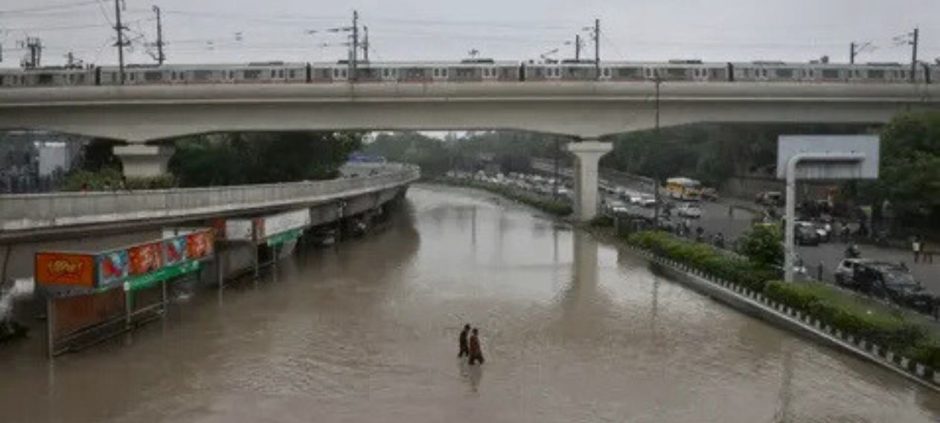Flooding in the Indus River has become a major concern after heavy rainfall across northern Pakistan caused a dramatic water upsurge. The rising levels have raised fears of flooding in low-lying areas and nearby communities. This flooding risk is especially alarming for regions downstream, where the heavy water flow is expected to put pressure on embankments and threaten rural settlements.
Officials monitoring the situation confirmed that water levels in the Indus River have risen significantly in the past 48 hours. This flooding threat comes as part of a broader pattern of weather-related challenges that Pakistan faces during the monsoon season. Local authorities are closely observing the river’s flow to prevent potential breaches and to ensure timely evacuation if required.
The flooding risk is compounded by reports of reservoirs nearing capacity. According to local updates, Rawal Dam in Islamabad is close to overflowing, prompting officials to issue a flood alert for the twin cities of Rawalpindi and Islamabad. Authorities urged residents living near riverbanks and low-lying areas to remain vigilant and follow safety instructions. More on the warnings and official notices can be found in this detailed report on Rawal Dam’s flood alert.
The water surge in the Indus River has already affected agricultural fields along its banks, with early reports of damage to standing crops. Farmers in Sindh and Punjab are particularly worried as any further rise in water levels could devastate fields, disrupt supply chains, and worsen food insecurity.
Hydrologists point out that the Indus River is the backbone of Pakistan’s agriculture and energy production, making flooding a national concern rather than just a local problem. With the water surge threatening key infrastructure, the need for better flood management has become a central debate among policymakers and environmental experts.
Community leaders in vulnerable districts are calling for improved flood barriers, timely warnings, and stronger disaster management systems. They argue that while flooding in the Indus River is not new, the combination of climate change, glacial melt, and erratic monsoon rains has intensified the challenge.
Authorities continue to monitor conditions, with emergency teams placed on high alert. As Pakistan braces for further rainfall, experts warn that the country must balance short-term response measures with long-term resilience strategies to protect lives and livelihoods.











